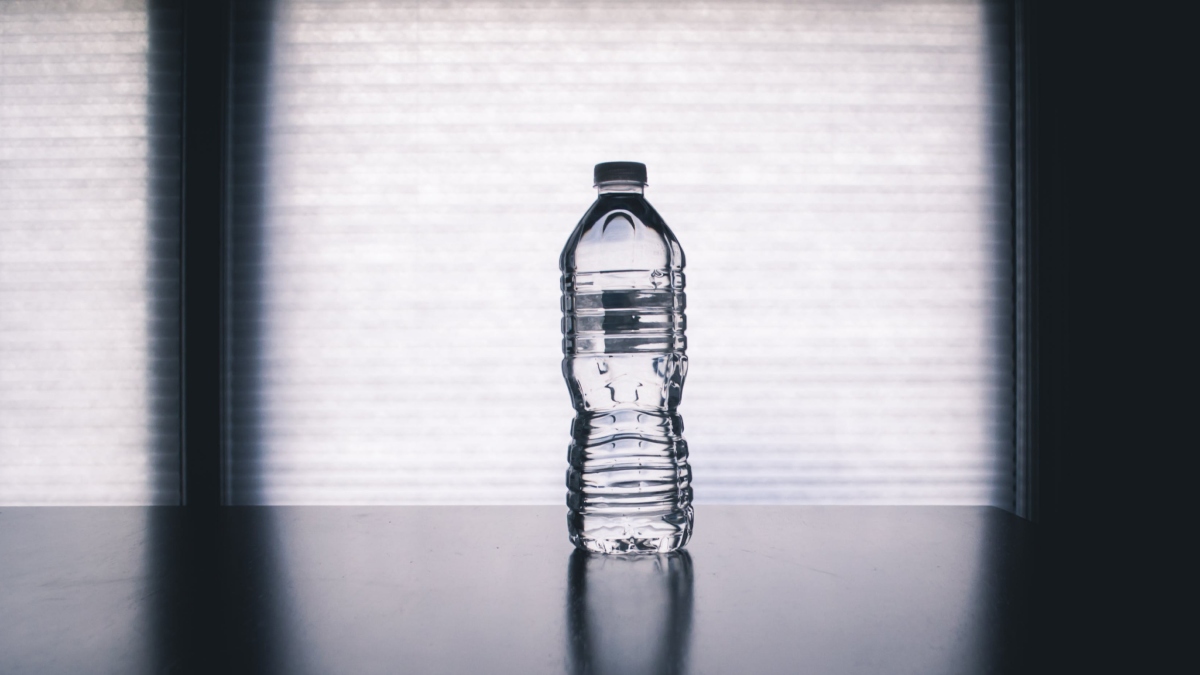A groundbreaking study published in the Proceedings of the National Academy of Sciences has revealed that bottled water contains significantly more tiny plastic particles than previously believed. Researchers using an advanced technique called Stimulated Raman Scattering (SRS) microscopy found an average of 240,000 plastic fragments per liter in popular bottled water brands, a figure that is 10 to 100 times higher than earlier estimates.
Beizhan Yan, an associate research professor of geochemistry at Columbia University and co-author of the study, stated that while there is a growing concern about nanoplastic presence in bottled water, alternatives like tap water should be considered. However, he emphasized that the risk of dehydration still makes bottled water a necessary option in certain situations.
The study sheds light on the pervasive issue of microplastics, which are fragments less than 5 millimeters in size, and nanoplastics, defined as particles smaller than 1 micrometer. These tiny particles can penetrate the digestive system and lungs, directly entering the bloodstream and potentially affecting various organs, including the brain and heart. They can even cross into unborn babies through the placenta.
While research on the effects of nanoplastics on human health and ecosystems is still in its infancy, initial studies have linked them to various toxic effects, including reproductive issues and gastric problems.
The technique used in the study, SRS microscopy, involves probing water samples with two lasers that make specific molecules resonate. This process allows a computer algorithm to identify the molecular composition. The study, which tested three leading bottled water brands without naming them, found that 90% of the particles were nanoplastics, with the most common types being nylon and polyethylene terephthalate (PET).
The research team plans to extend their study to tap water, which is also known to contain microplastics but at significantly lower levels compared to bottled water.





